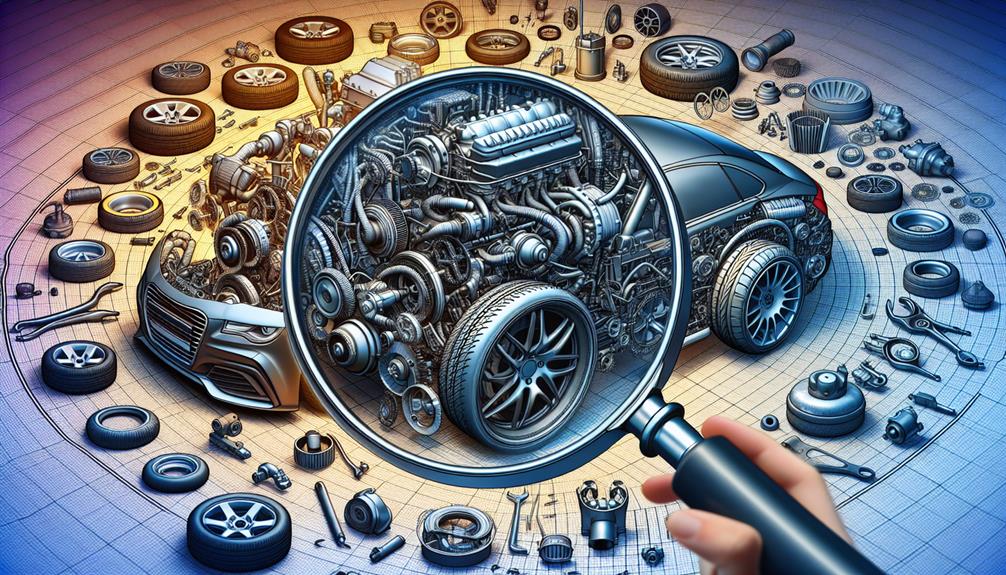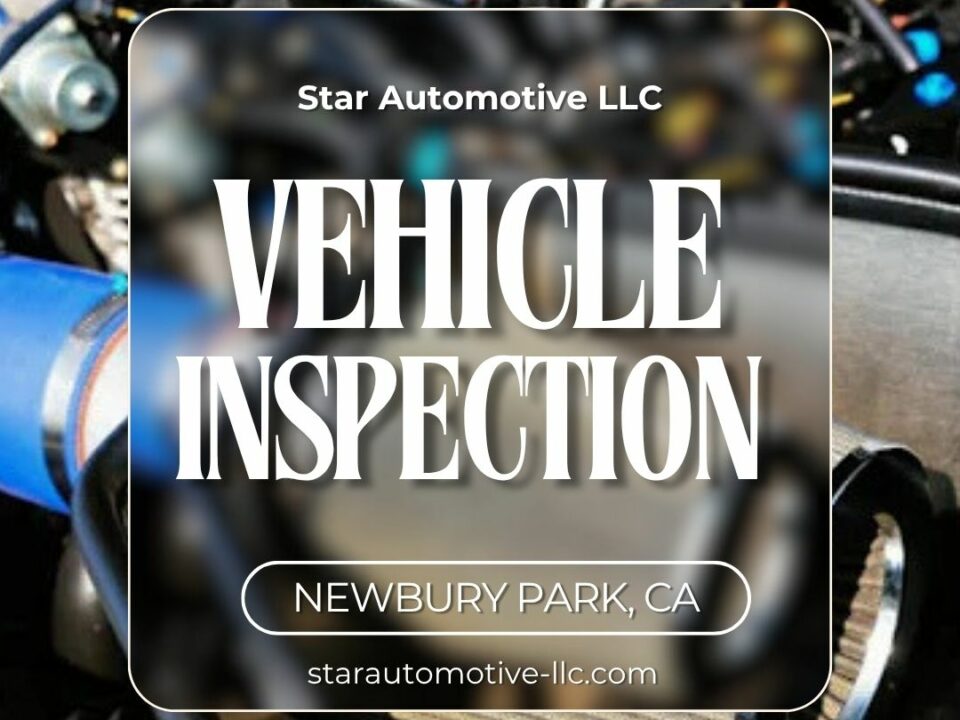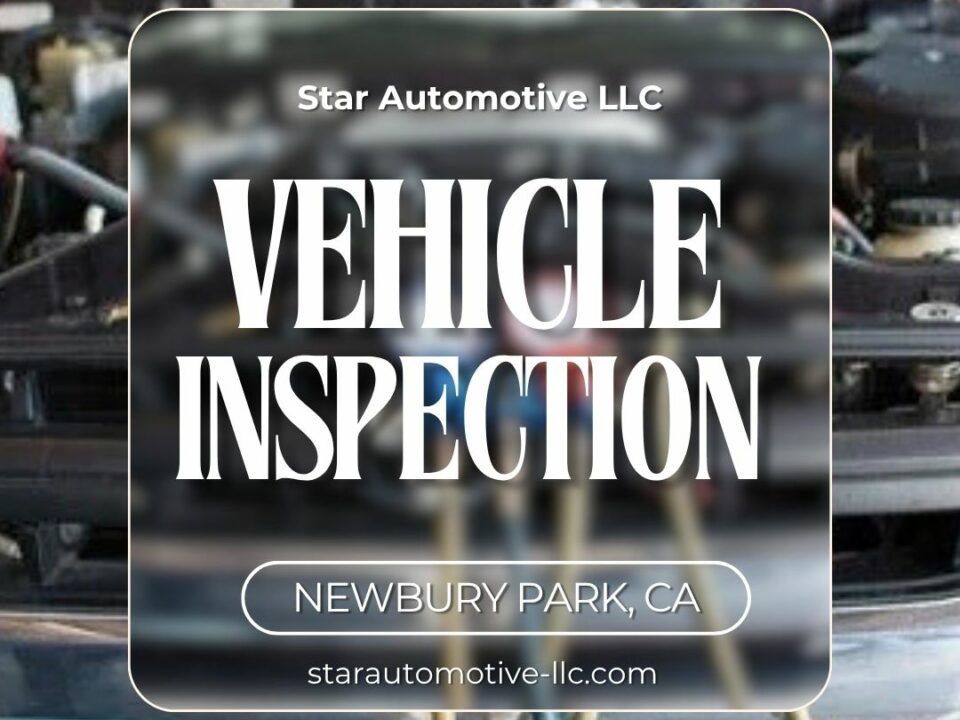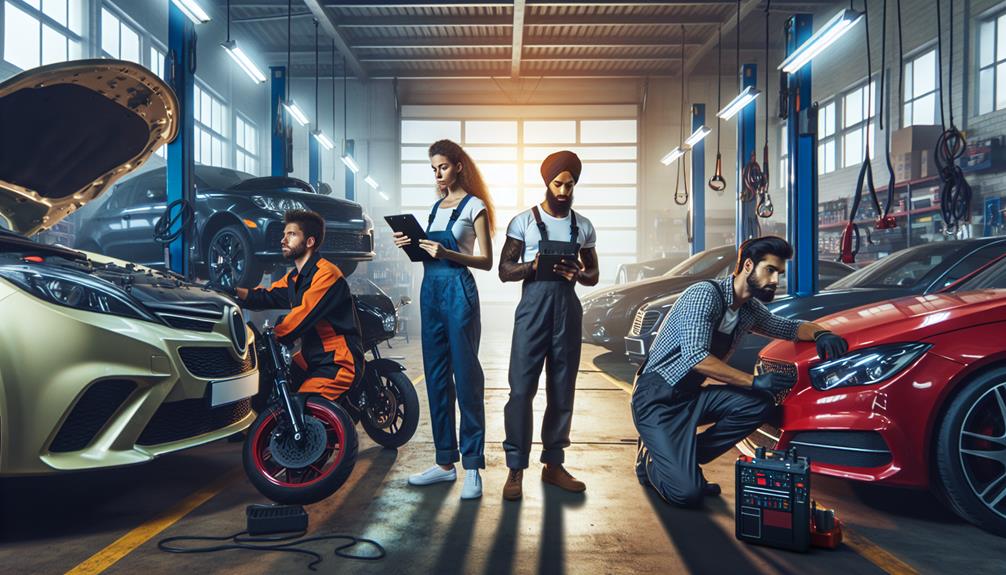
Beyond the Basics: Exploring the Different Types of Vehicle Inspections
April 16, 2024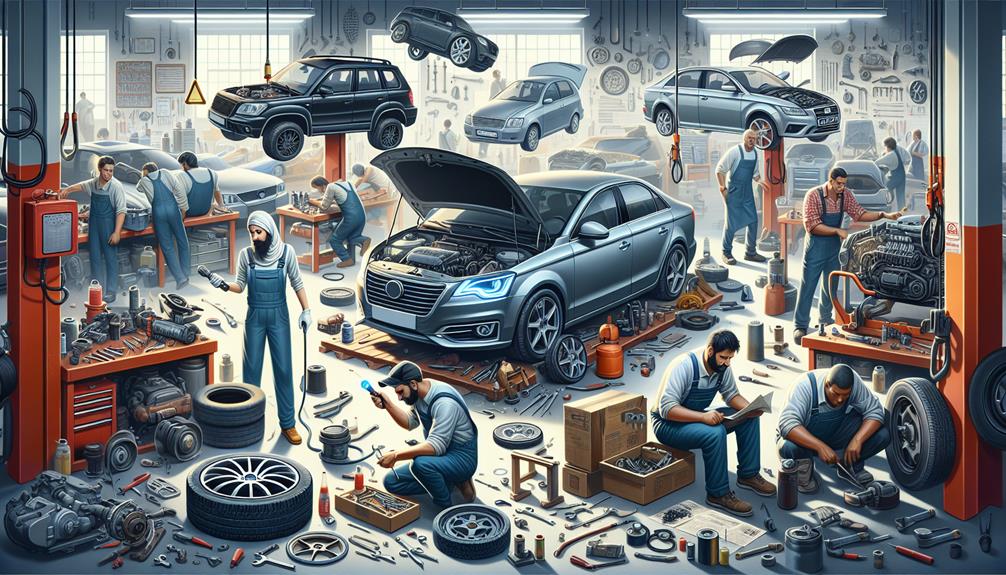
Navigating Through Vehicle Inspection: A Closer Look at Various Types
April 16, 2024Just as the horse and buggy gave way to the Model T, so too have the requirements for vehicle inspection and inspections evolved. As a car owner, it’s crucial for you to be aware of the different types of inspections your vehicle will need to undergo.
This isn’t just about keeping your ride roadworthy; it’s about ensuring safety and compliance with environmental regulations. For starters, you’ve got your safety inspections, which are designed to spot any potential hazards that might put you or other road users at risk.
Then there are emissions tests, which check that your car isn’t putting out more pollutants than allowed by law. But there’s more to it than just these two, and you’ll find that out as we progress.
Understanding Safety Inspections
You’ve got to know that safety inspections, a crucial part of vehicle maintenance, meticulously examine your car’s critical systems and components to ensure they meet the regulated safety standards. They’re not just to satisfy some bureaucratic requirement; they’re about preserving your car’s integrity and your safety. From brake systems to windshields, from tires to steering mechanisms, each component is scrutinized with professional precision.
With every inspection, you become part of a community that values safety and preventative maintenance. You’re not just a car owner; you’re a custodian of your own safety and those of others on the road. So, embrace these inspections as a vital practice and wear your safety-conscious badge with pride. Remember, it’s not just about the drive, it’s about the journey and the people you share it with.
Overview of Emissions Tests
While safety inspections cover the physical and mechanical aspects of your vehicle inspection, emissions tests specifically focus on the environmental impact of your car, assessing how much pollution it produces during operation. This test measures the amount of pollutants like carbon monoxide, hydrocarbons, and nitrogen oxides your car emits.
If your car’s emissions surpass the allowable limits, you’ll need to have it repaired and retested. You’re not just doing this for compliance, but for the health of our planet. Emissions tests help in identifying and fixing high-emitting cars, thus reducing air pollution.

